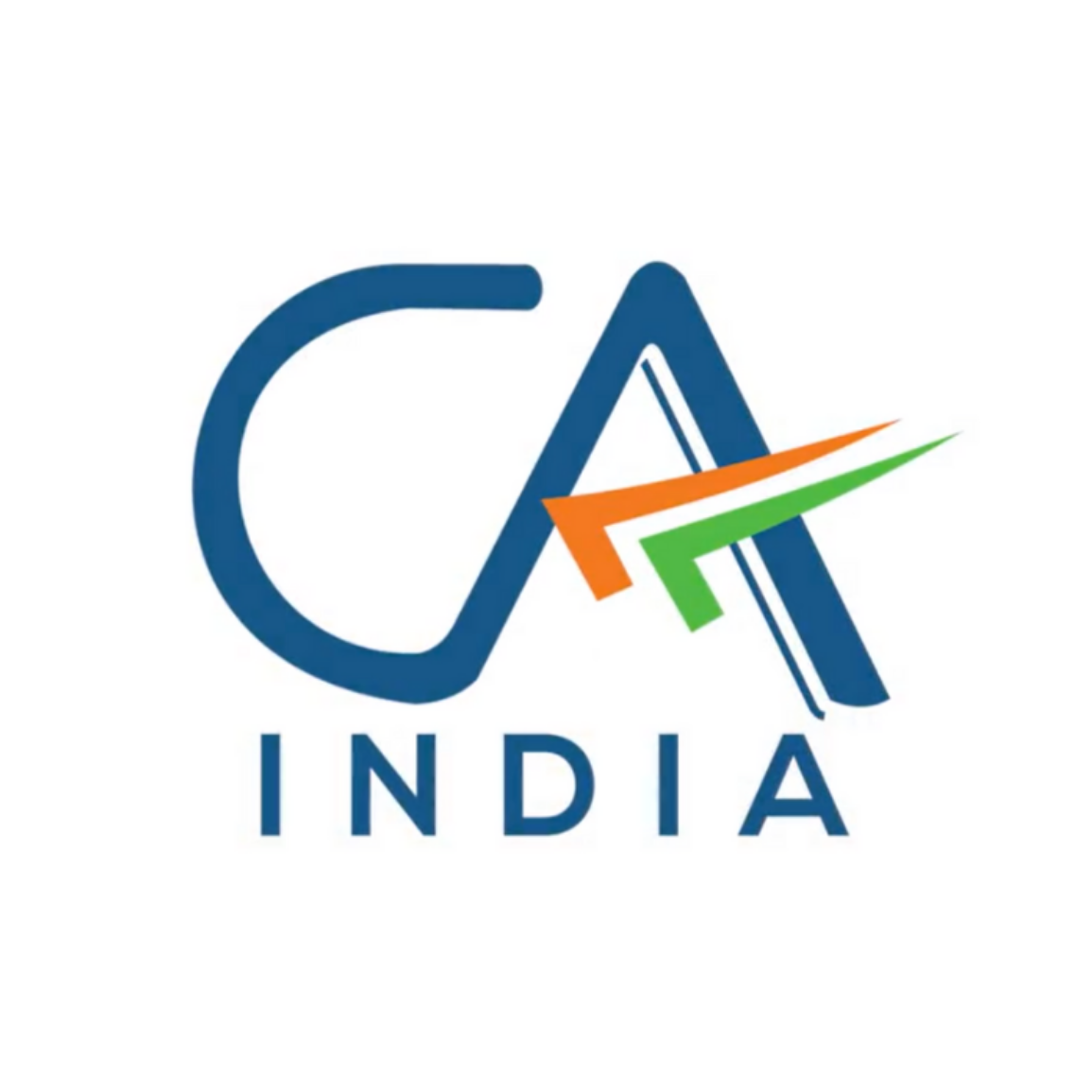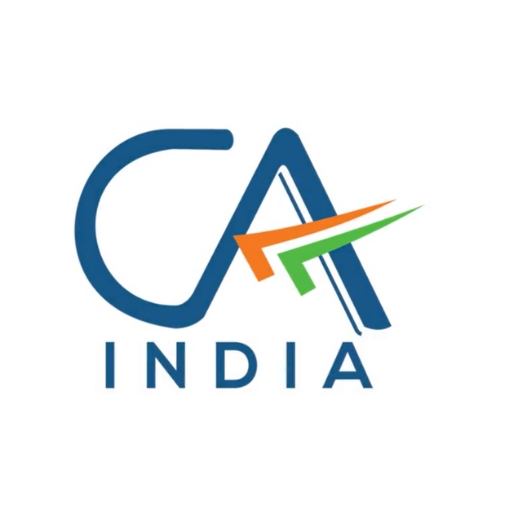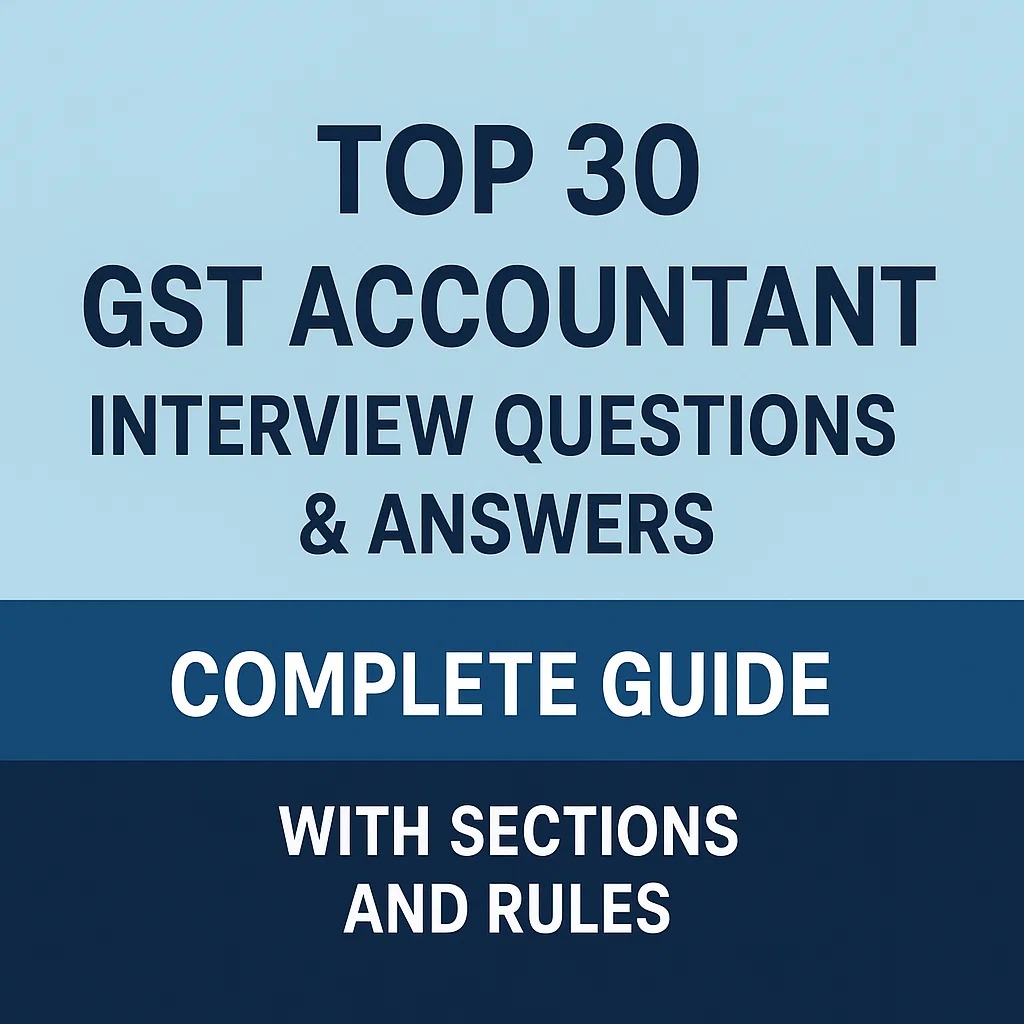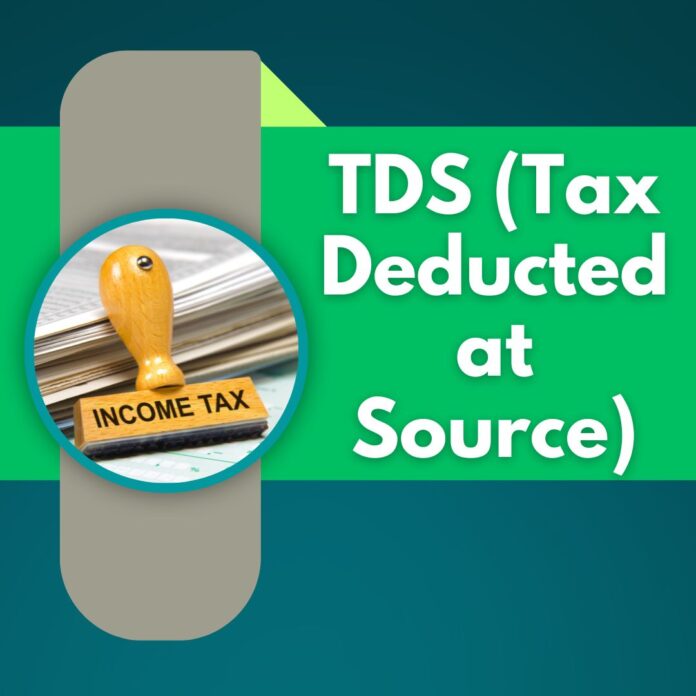GST Accountant Interview – Comprehensive Question Bank
Follow on LinkedIn| No. | Question | Answer |
| 1 | What is GST and why was it introduced? | GST (Goods and Services Tax) is a destination-based, multi-stage, and comprehensive indirect tax levied on the supply of goods and services. Introduced on 1st July 2017, it replaced multiple indirect taxes to create a unified national market and remove the cascading effect of “tax on tax.” |
| 2 | What are the different types of GST? | CGST – Central GST on intra-state supplies; SGST – State GST on intra-state supplies; UTGST – Union Territory GST; IGST – Integrated GST on inter-state supplies, imports, and exports. |
| 3 | What is the GST Council? | A constitutional body under Article 279A that makes recommendations on GST rates, exemptions, and rules. Chaired by the Union Finance Minister, it includes state finance ministers. |
| 4 | What is Input Tax Credit (ITC)? | As per Sections 16–21 of CGST Act, ITC allows a registered person to claim credit of GST paid on purchases (inputs) against their output tax liability, subject to conditions like invoice possession, receipt of goods, tax payment by supplier, and return filing. |
| 5 | What is the GST registration threshold? | ₹40 lakh for goods suppliers, ₹20 lakh for service providers. For special category states, limits are ₹20 lakh for goods and ₹10 lakh for services (Section 22, CGST Act). |
| 6 | What is GSTR-1? | Return for reporting outward supplies, filed monthly/quarterly as per Rule 59 of CGST Rules. |
| 7 | What is GSTR-3B? | A monthly summary return to declare tax liability and claim ITC (Rule 61). |
| 8 | What is GSTR-9? | Annual return under Section 44 of CGST Act, consolidating monthly/quarterly returns. |
| 9 | How does the Reverse Charge Mechanism (RCM) work? | As per Sections 9(3) & 9(4) of CGST Act, the recipient pays GST instead of supplier for specified goods/services or purchases from unregistered dealers. |
| 10 | What is the Composition Scheme? | Under Section 10 of CGST Act, small taxpayers (turnover ≤ ₹1.5 crore; ₹75 lakh for special states) can pay tax at a fixed lower rate with reduced compliance, but cannot claim ITC. |
| 11 | How do you handle a mismatch between GSTR-2B and purchase records? | Identify the cause (supplier non-filing, incorrect invoice, or data error), contact the supplier for correction, and reconcile records to claim correct ITC. |
| 12 | What is an e-way bill and when is it required? | As per Rule 138, an electronic document for movement of goods valued above ₹50,000, containing consignor, consignee, and transporter details. |
| 13 | What is the difference between composite and mixed supply? | Composite Supply (Section 2(30)) – Naturally bundled supplies with one principal supply, taxed at the principal rate. Mixed Supply (Section 2(74)) – Two or more independent supplies for a single price, taxed at the highest rate. |
| 14 | What is Place of Supply and why is it important? | As per IGST Act Sections 10–14, it determines whether a supply is intra-state (CGST + SGST) or inter-state (IGST). |
| 15 | What are zero-rated supplies? | As per Section 16 of IGST Act, exports and supplies to SEZs taxable at 0%, with ITC/refund eligibility. |
| 16 | How are exempt supplies different from zero-rated supplies? | Exempt supplies (Section 2(47)) are GST-free and ITC is not allowed; zero-rated supplies are taxed at 0% but ITC is allowed. |
| 17 | What are penalties for late GST return filing? | Section 47 – ₹50/day (₹25 CGST + ₹25 SGST) for returns with liability; ₹20/day (₹10 CGST + ₹10 SGST) for nil returns, subject to maximum limits. |
| 18 | How to ensure timely GST compliance? | Use accounting software (Tally, SAP), maintain due date calendar, reconcile invoices with GSTR-2B, and ensure e-way bill & invoice compliance. |
Advanced & Scenario-Based Questions
| No. | Question | Answer |
| 19 | A supplier charged IGST instead of CGST + SGST for an intra-state supply. How do you handle it? | Inform the supplier to amend the invoice and file a credit note/debit note as per Section 34 of CGST Act. Correct tax should be paid in the respective return. |
| 20 | What steps do you take if an ITC claim is rejected during GST scrutiny? | Review rejection reason, check compliance with Section 16 conditions, provide supporting documents (invoice, e-way bill, payment proof), and if required, file reply in FORM GST DRC-06. |
| 21 | How do you manage GST for export transactions? | Treat as zero-rated supply under Section 16 of IGST Act. Exporter can either pay IGST and claim refund or export under LUT/Bond without IGST and claim refund of unutilized ITC. |
| 22 | How to handle GST on advances received? | For goods – GST is payable only on supply; for services – GST payable at the time of advance receipt as per Section 13 (time of supply). |
| 23 | What is the treatment for goods returned by customers? | Issue a credit note as per Section 34, adjust output tax liability, and report in GSTR-1. |
| 24 | If GSTR-3B is filed but GSTR-1 is pending, what are the implications? | GSTR-1 non-filing leads to mismatch in customer’s ITC, late fees under Section 47, and potential blocking of e-way bill generation. |
| 25 | How do you reconcile books with GST returns at year-end? | Match turnover in books with GSTR-1, ITC in books with GSTR-2B, tax liability with GSTR-3B, and file GSTR-9 for final reconciliation. |
| 26 | How to manage GST liability when the supplier is in default of payment to the government? | As per Rule 37A, ITC claimed must be reversed if the supplier fails to pay tax in their GSTR-3B by September of next financial year, unless rectified later. |
| 27 | How to deal with wrong GSTIN mentioned on the invoice? | Request supplier to issue a revised invoice or credit note as per Section 31(3) and reissue to correct GSTIN. |
| 28 | What precautions should be taken before claiming ITC? | Verify supplier’s GST compliance (filing status, registration validity), ensure invoice details match GSTR-2B, and goods/services are used for business purposes. |
| 29 | How to manage GST on inter-branch stock transfers? | Treated as supply under Schedule I, taxable under IGST if branches are in different states; ITC can be claimed by receiving branch. |
| 30 | What is your approach for avoiding GST penalties in a large organisation? | Implement strong internal controls, automate reconciliations, conduct regular GST audits, maintain all documents as per Section 36 (retention of records for 72 months), and train staff on latest GST updates. |




